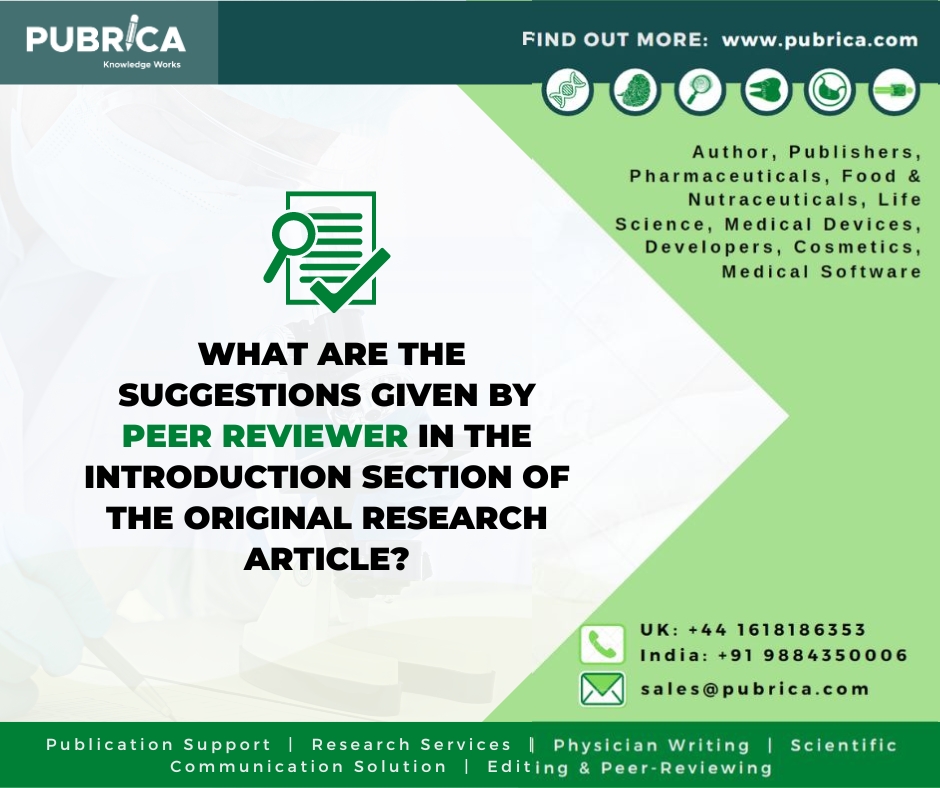Understanding Incidence and Prevalence in Toxicology: Biostatistics and Epidemiology Principles
Understanding Incidence and Prevalence in Toxicology: Biostatistics and Epidemiology Principles
Introduction
Medical Toxicology research projects encounter distinct obstacles in acquiring the necessary statistics data analysis to meet these standards. A wonderful instance of the difficulties in defining and enumerating toxicological occurrences may be found in the same 1952 edition of the Lancet. A tiny case series of pediatric mortality is recorded in which youngsters are discovered playing with aspirin, quinine, and anthisan (pyranisamine) bottles or boxes. Only one youngster was observed swallowing a tablet, but the suspect xenobiotic was detected on autopsy in all three cases. According to the author, “When there is a strong possibility without definite evidence that a child has swallowed potentially poisonous tablets, this should be assumed.” This is the core problem with many toxicological data: what is excellent clinical epidemiology advice may not fully reflect the facts, resulting in too casual and incorrect statistics.

Furthermore, in order to compute the real incidence of a particular poisoning or toxicity, prospective research is usually necessary in which individuals of a population are proven to be toxicity-free (i.e., “disease-free”) and exposures or toxic effects over a certain time are confirmed. Of course, this may be an expensive and time-consuming operation, and well-executed instances in toxicology are rare, albeit incidence is occasionally appropriately represented for the consequences of a proven exposure rather than the exposure itself.
- Check out our sample Biostatistics examples to see how the Biostatistics sampleis structured.
Importance of Incidence and Prevalence in Toxicology
Incidence and prevalence are two important epidemiological concepts that play a crucial role in toxicology. Toxicology is the scientific study of the adverse effects of chemicals or physical agents on living organisms, and understanding the incidence and prevalence of toxic exposures and associated healthcare outcomes is vital for various reasons.
Biostatistics and Epidemiology Principles
Biostatistics and epidemiology are two closely related fields within public health and healthcare that utilize statistical and research principles to understand and address health-related issues in populations. Here, we’ll explore some key principles and concepts in both biostatistics and COPD epidemiology: 1) Data Collection and Measurement, 2) Descriptive Statistics, 3) Inferential Statistics, 4) Probability Theory, 5) Sampling Techniques, 6) Experimental Design, 7) Ethics and Data Privacy.
Prevalence:
Prevalence considers current instances, whereas incidence considers new cases. A particular sickness has been reported to impact 500 persons in a population of 10,000. So, how common is this sickness in this population?
The mathematical way to calculate this would be:
- Number of cases/population X 100
Incidence:
HIV infection is currently a curable disease with a typical life expectancy. This indicates that while new cases remain consistent, the prevalence will rise. Examining new instances (incidence) offers a more in-depth picture of what is going on.
- Incidence= New cases/ total population
Here are some key points to keep in mind when applying these concepts in toxicology:
- Incidence is about new cases occurring during a specific period, while prevalence is about existing cases at a particular time.
- High incidence indicates that a toxic effect is actively occurring or increasing in a population, which may suggest an ongoing exposure or a new risk factor.
- High prevalence suggests that a toxic effect has affected a significant portion of the population at some point, indicating a persistent or long-term issue.
- The choice between incidence or prevalence depends on the research question or public health concern. Incidence might be more relevant for acute toxic exposures, whereas, for chronic toxic effects, prevalence may be more informative.
Both incidence and prevalence are important for designing public health interventions, risk assessment, and monitoring the impact of toxicological exposures over time
Conclusion
In conclusion, a firm grasp of incidence and prevalence in toxicology is paramount for informed public health and environmental science decision-making. This understanding, rooted in biostatistical analysis and epidemiology principles, empowers researchers and policymakers to assess the true scope and impact of toxic exposures on populations. Incidence helps pinpoint new cases, shedding light on emerging threats, while prevalence offers a snapshot of the overall burden, aiding in resource allocation and intervention planning. Together, they form a dynamic duo that guides research, informs risk assessment, and shapes policies to safeguard human and environmental health. These foundational concepts remain indispensable for a healthier, safer world in an era of evolving toxicological challenges.
- To know more about Biostatistics services, check our study guide. How to conduct clinical trials?
About Pubrica
Pubrica’s team of researchers and writers generates scientific and medical research articles that may be useful to practitioners and authors. Pubrica medical writers aid you in creating and rewriting the introduction by teaching the reader about the defects or holes in the selected research subject. Our experts are aware with the structure that transitions from a broad topic, problem, and background to a specific topic in which the hypothesis is articulated.
References
- DiSalvo, P., Su, M.K. Biostatistics and Epidemiology for the Toxicologist: Incidence and Prevalence. J. Med. Toxicol. 18, 56–57 (2022). https://doi.org/10.1007/s13181-021-00860-5
- Sahagún, B.E., Williams, C. & Su, M.K. Biostatistics and Epidemiology Principles for the Toxicologist: The “Testy” Test Characteristics Part I—Sensitivity and Specificity. J. Med. Toxicol. 19, 40–44 (2023). https://doi.org/10.1007/s13181-022-00916-0

14 years of expertise in clinical research with a doctoral distinction in life science.





